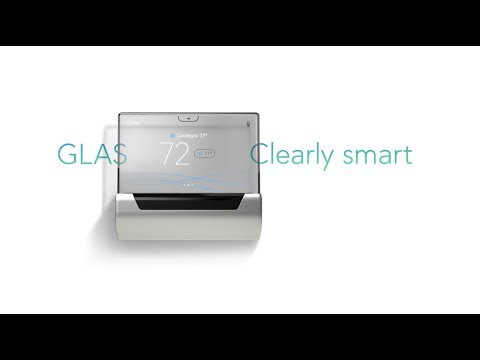Article
Google unveils Android Wear, its modified OS for wearables | Internet & Media – CNET News
From the horse’s mouth
Google – Android Wear team
Sharing What’s Up Our Sleeve: Android coming to wearables | Official Android Blog
Android Wear Developer Preview Now Available | Android Developers Blog
Promotional Video
Click to play (YouTube)
Developer Preview video
Click to play (YouTube)
My Comments
Google has just released Android Wear which is a version or “fork” of the Android mobile operating system that is pitched at the so-called “wearable” devices. But what do I see of this?
One advantage that I see of this is that manufacturers can focus on designing smartwatches and fitness bands without the need to work on the software for these devices. They could work on a brand-specific “overlay” which includes applications specific to a brand’s needs like what Samsung, Sony and HTC have done with their Android phones and tablets. But most other manufacturers like the traditional watch manufacturers can jump on the wearable bandwagon and focus on devices that look elegant and fashionable to wear. They can also work on shortcomings of the current designs such as short battery runtime (make it possible to wear a smartwatch for a night or weekend “elsewhere”).
For example, could a Swiss watch name or someone like Casio or Seiko, the doyens of the digital watches. find themselves able to clamber on to the smartwatch scene? Similarly, could we see that it is feasible to have the “ladies” and “gents” watches as well as smartwatches that are a perfect replacement for the traditional analogue or digital watch.
Another factor is software development. The Android Wear platform could appeal to software developers to write apps that work well on the wearable devices and see these targeted to many different devices. But, personally, I would like to see this focused on to “let-me-know” or “check-this” apps such as to show up messages from a messaging service, check the weather or “check in” on Foursquare. The fitness bands could work with health-and-wellness apps or similarly the “let-me-know” or “check-this” apps.
The third group of users that would benefit would be us consumers who could then find it easier to purchase a cost-effective smartwatch that we can impress others with at the office or on Friday or Saturday night. These will have as much a consistent user interface that can be worked by touch or voice thus not having to learn something new when you purchase a different Android Wear device.
As well, it also means that you don’t need to run multiple device-interface apps on your smartphone to have it work with different wearable devices like watches, Bluetooth headsets or fitness bands especially if you run multiple devices at the same time.
A question worth raising is whether these devices will have the “hub” capability promised in Bluetooth 4.1 where the watch can interact with other Bluetooth Low Energy (Bluetooth Smart) devices yet be able to upload and download data to a smartphone or tablet. This could be of use if you decide to leave the smartphone behind while you go for that jog or swim and keep that FuelBand on you while you do that bit of exercise.
Personally, I would see this as a big break for wearables, especially smartwatches, and the Android platform. This could lead more so to innovation rather than imitation while the Android platform gains more traction as an “open-frame” mobile-device platform. In the same way, it extends the multi-screen concept between the smartphone and these watches this not having us bringing out our smartphones frequently.


